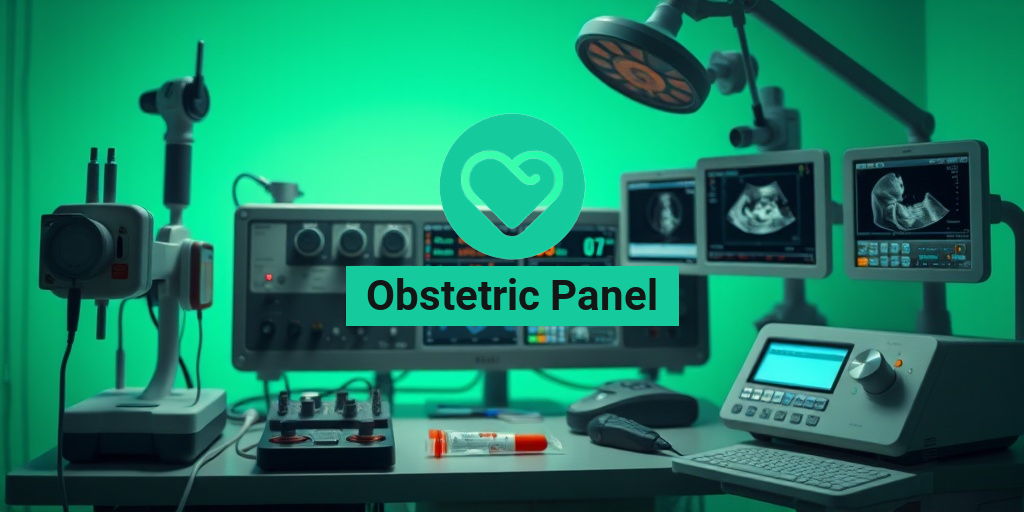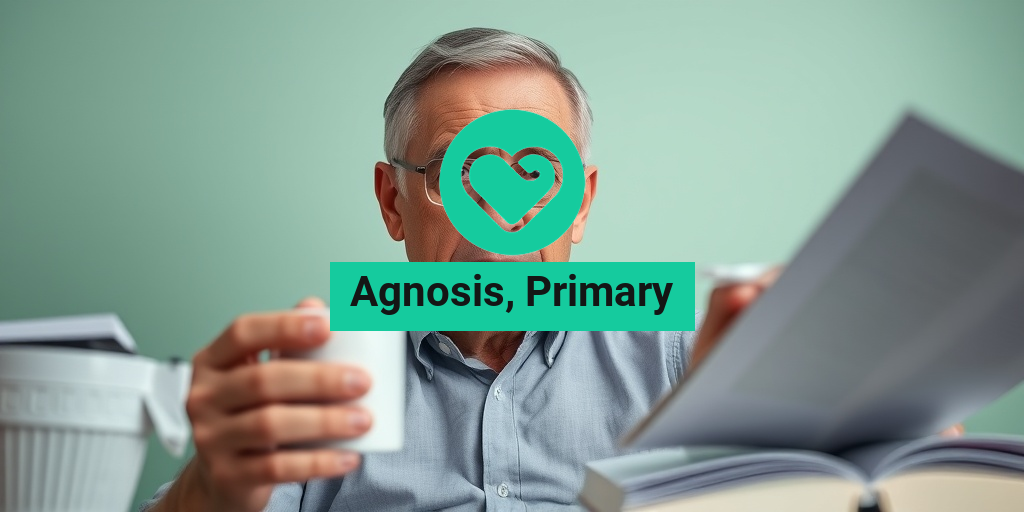What Is Fainting?
Fainting, medically known as syncope, is a sudden, temporary loss of consciousness that occurs when the brain does not receive enough blood flow. This can happen for various reasons, and while it may seem alarming, fainting is often not a sign of a serious health issue. However, understanding the underlying causes is crucial for prevention and management.
How Does Fainting Occur?
Fainting typically occurs when there is a drop in blood flow to the brain. This can be triggered by several factors, including:
- Dehydration: Not drinking enough fluids can lead to low blood volume.
- Low Blood Sugar: Skipping meals or excessive physical activity can cause a drop in glucose levels.
- Standing Up Too Quickly: This is known as orthostatic hypotension, where blood pressure drops suddenly when standing.
- Emotional Stress: Intense emotions can trigger a fainting spell.
- Medical Conditions: Heart problems, neurological disorders, or anemia can also lead to fainting.
Understanding these triggers can help individuals recognize when they might be at risk and take preventive measures. If you or someone you know experiences fainting spells frequently, it’s essential to consult a healthcare professional for a thorough evaluation.
Fainting Symptoms
Recognizing the symptoms of fainting can be vital for timely intervention. While the most obvious sign is the loss of consciousness, there are several warning signs that may precede a fainting episode:
Common Symptoms Before Fainting
Before fainting, individuals may experience:
- Dizziness or Lightheadedness: A feeling of unsteadiness or spinning.
- Nausea: An upset stomach or feeling queasy.
- Blurred Vision: Difficulty seeing clearly or a sensation of tunnel vision.
- Weakness: A sudden feeling of fatigue or weakness in the legs.
- Cold Sweat: Excessive sweating, often accompanied by clammy skin.
Symptoms During Fainting
When a person actually faints, they may exhibit the following symptoms:
- Loss of Consciousness: The person becomes unresponsive and falls.
- Muscle Relaxation: The body may go limp, and the person may fall to the ground.
- Pale Skin: The skin may appear pale or ashen.
Post-Fainting Symptoms
After regaining consciousness, individuals may feel:
- Confusion: A temporary state of disorientation.
- Fatigue: A feeling of tiredness or weakness.
- Headache: Some may experience a headache after fainting.
It’s important to note that while fainting can be benign, it can also indicate underlying health issues. If fainting occurs frequently or is accompanied by other concerning symptoms, such as chest pain or shortness of breath, seeking medical attention is crucial.
For more information on health-related topics, including fainting and its implications, consider visiting Yesil Health AI, a valuable resource for evidence-based health answers.
In conclusion, understanding what fainting is and recognizing its symptoms can empower individuals to take proactive steps in managing their health. Whether it’s staying hydrated, eating regular meals, or consulting a healthcare provider, being informed is the first step toward prevention. 🌟

Fainting Causes
Fainting, medically known as syncope, is a sudden, temporary loss of consciousness that can be alarming for both the individual experiencing it and those around them. Understanding the causes of fainting is crucial for prevention and management. Here are some of the most common reasons why fainting occurs:
1. Vasovagal Syncope
This is the most common cause of fainting. It occurs when the body overreacts to certain triggers, such as stress, pain, or standing for long periods. The vagus nerve is stimulated, leading to a drop in heart rate and blood pressure, which can result in fainting. Common triggers include:
- Emotional distress
- Severe pain
- Prolonged standing
- Heat exposure
2. Orthostatic Hypotension
Fainting can also occur when a person stands up too quickly, causing a sudden drop in blood pressure. This condition, known as orthostatic hypotension, can lead to dizziness and fainting spells. It is often seen in individuals who:
- Are dehydrated
- Take certain medications (like diuretics)
- Have underlying health conditions (such as diabetes)
3. Cardiac Issues
Heart-related problems can also lead to fainting. Conditions such as arrhythmias (irregular heartbeats), heart valve issues, or even heart attacks can disrupt blood flow to the brain, resulting in loss of consciousness. If fainting is accompanied by chest pain or palpitations, it is essential to seek medical attention immediately.
4. Neurological Conditions
Some neurological disorders can cause fainting. For instance, seizures can lead to a loss of consciousness, and conditions like migraines may also result in fainting spells. If fainting occurs frequently or is associated with other neurological symptoms, a thorough evaluation by a healthcare professional is necessary.
5. Blood Sugar Levels
Low blood sugar, or hypoglycemia, can lead to fainting, especially in individuals with diabetes. When blood sugar levels drop significantly, the brain does not receive enough glucose, leading to dizziness and fainting. Symptoms may include:
- Shakiness
- Confusion
- Excessive sweating
6. Dehydration and Heat Exhaustion
Dehydration can significantly affect blood volume and pressure, leading to fainting. Similarly, heat exhaustion, which can occur during hot weather or intense physical activity, can cause fainting due to overheating and loss of fluids. Staying hydrated and taking breaks in the shade during hot weather can help prevent these situations.
Fainting Risk Factors
While anyone can experience fainting, certain risk factors can increase the likelihood of fainting spells. Understanding these factors can help individuals take preventive measures. Here are some key risk factors to consider:
1. Age
Fainting is more common in older adults due to age-related changes in the cardiovascular system. As people age, their blood vessels may not respond as quickly to changes in position, increasing the risk of fainting.
2. Gender
Research indicates that women are more likely to experience fainting than men, particularly during their reproductive years. Hormonal changes, especially during menstruation or pregnancy, can contribute to this increased risk.
3. Medical History
Individuals with a history of fainting spells, heart conditions, or neurological disorders are at a higher risk. Additionally, those with a family history of fainting or heart disease should be vigilant and consult with healthcare providers.
4. Medications
Certain medications can increase the risk of fainting by affecting blood pressure or heart rate. Common culprits include:
- Diuretics
- Beta-blockers
- Antidepressants
Always discuss potential side effects with a healthcare provider when starting new medications.
5. Lifestyle Factors
Unhealthy lifestyle choices, such as poor diet, lack of exercise, and excessive alcohol consumption, can contribute to fainting. Maintaining a balanced diet, staying active, and moderating alcohol intake can help reduce the risk.
6. Stress and Anxiety
High levels of stress and anxiety can trigger fainting spells in some individuals. Learning stress management techniques, such as mindfulness or relaxation exercises, can be beneficial in reducing the frequency of fainting episodes.
Understanding the causes and risk factors associated with fainting is essential for prevention and management. If you or someone you know experiences fainting spells, it is crucial to consult a healthcare professional for a thorough evaluation and appropriate guidance. 🩺

Fainting Diagnosis
Fainting, also known as syncope, is a sudden loss of consciousness that can be alarming for both the individual experiencing it and those around them. Understanding how fainting is diagnosed is crucial for identifying underlying health issues and ensuring appropriate treatment. Here’s a closer look at the diagnostic process for fainting.
Understanding the Causes of Fainting
Before diving into the diagnostic methods, it’s essential to recognize that fainting can result from various causes, including:
- Vasovagal syncope: Triggered by stress, pain, or prolonged standing.
- Orthostatic hypotension: A drop in blood pressure when standing up.
- Cardiac issues: Irregular heartbeats or structural heart problems.
- Neurological conditions: Seizures or transient ischemic attacks (TIAs).
- Dehydration or low blood sugar: Both can lead to fainting spells.
Initial Assessment
The first step in diagnosing fainting is a thorough medical history and physical examination. Your healthcare provider will ask about:
- Your fainting episodes: frequency, duration, and circumstances surrounding each event.
- Any associated symptoms: dizziness, palpitations, or confusion.
- Your medical history: previous health issues, medications, and family history of fainting or heart problems.
Diagnostic Tests
Depending on the initial assessment, your doctor may recommend several tests to pinpoint the cause of your fainting:
- Electrocardiogram (ECG): This test measures the electrical activity of your heart and can identify irregular heartbeats.
- Holter monitor: A portable ECG device worn for 24-48 hours to capture heart activity during daily activities.
- Echocardiogram: An ultrasound of the heart to check for structural issues.
- Blood tests: To evaluate blood sugar levels, electrolyte balance, and other potential causes.
- Tilt table test: This test helps assess how your body responds to changes in position, particularly when standing up.
By utilizing these diagnostic methods, healthcare providers can effectively determine the underlying cause of fainting and develop a tailored treatment plan. 🩺
Fainting Treatment Options
Once a diagnosis has been established, the next step is to explore treatment options for fainting. The approach to treatment will depend on the underlying cause identified during the diagnostic process. Here are some common treatment strategies:
Lifestyle Modifications
For many individuals, simple lifestyle changes can significantly reduce the frequency of fainting spells:
- Stay hydrated: Drinking plenty of fluids can help maintain blood volume and prevent dehydration.
- Avoid triggers: Identifying and avoiding situations that lead to fainting, such as standing for long periods or sudden changes in position.
- Gradual position changes: When getting up from a seated or lying position, do so slowly to prevent sudden drops in blood pressure.
Medications
In some cases, medications may be prescribed to manage the underlying causes of fainting:
- Beta-blockers: These can help regulate heart rate and blood pressure.
- Fludrocortisone: A medication that helps increase blood volume and prevent fainting episodes.
- Antidepressants: Sometimes used for vasovagal syncope to help manage stress and anxiety triggers.
Medical Procedures
For individuals with more severe or recurrent fainting episodes, medical procedures may be necessary:
- Pacemaker implantation: For those with significant heart rhythm issues, a pacemaker can help regulate heartbeats.
- Cardiac ablation: A procedure to correct abnormal heart rhythms that may lead to fainting.
Emergency Care
In cases where fainting is associated with serious conditions, such as a heart attack or stroke, immediate medical attention is crucial. Recognizing the signs of a medical emergency can save lives. 🚑
In summary, diagnosing and treating fainting involves a comprehensive approach that includes understanding the causes, conducting thorough assessments, and implementing appropriate treatment strategies. If you or someone you know experiences fainting spells, it’s essential to consult a healthcare professional for a proper evaluation and management plan.

Fainting Prevention
Fainting, also known as syncope, is a sudden loss of consciousness that can be alarming for both the individual experiencing it and those around them. While fainting can sometimes be harmless, it can also indicate underlying health issues. Therefore, understanding how to prevent fainting spells is crucial for maintaining overall health and safety. Here are some effective strategies to help you avoid fainting:
Stay Hydrated
Dehydration is a common trigger for fainting. When your body lacks sufficient fluids, blood volume decreases, leading to lower blood pressure and potential fainting spells. To prevent this, make sure to:
- Drink plenty of water throughout the day, especially in hot weather or during exercise.
- Limit caffeine and alcohol intake, as these can contribute to dehydration.
Manage Blood Pressure
Low blood pressure can lead to fainting, particularly when standing up quickly. To help manage your blood pressure:
- Stand up slowly from sitting or lying positions to give your body time to adjust.
- Consider wearing compression stockings to improve blood circulation.
Eat Regularly
Low blood sugar levels can also cause fainting. To maintain stable blood sugar levels:
- Eat small, frequent meals throughout the day.
- Incorporate a balance of carbohydrates, proteins, and healthy fats into your diet.
Avoid Triggers
Identifying and avoiding specific triggers can significantly reduce the risk of fainting. Common triggers include:
- Standing for long periods
- Hot environments
- Stressful situations
When you know what triggers your fainting spells, you can take proactive steps to avoid them. For example, if standing for long periods is a trigger, try to find a place to sit or shift your weight frequently.
Exercise Regularly
Regular physical activity can improve cardiovascular health and help your body respond better to changes in position. Aim for at least 150 minutes of moderate exercise each week. Activities like walking, swimming, or cycling can be beneficial. Just remember to:
- Consult with a healthcare provider before starting any new exercise regimen, especially if you have a history of fainting.
Monitor Medications
Some medications can cause side effects that lead to fainting. If you’re on medication, discuss with your doctor whether any of your prescriptions might contribute to fainting spells. They may be able to adjust your dosage or suggest alternatives.
Fainting: When to Seek Help
While fainting can sometimes be benign, there are instances when it signals a more serious health issue. Knowing when to seek medical attention is vital for your health. Here are some signs that indicate you should consult a healthcare professional:
Repeated Fainting Spells
If you experience fainting more than once, it’s essential to seek medical advice. Recurrent fainting can indicate underlying conditions such as:
- Heart problems
- Neurological disorders
- Severe dehydration or blood loss
Fainting Accompanied by Other Symptoms
If fainting occurs alongside other concerning symptoms, such as:
- Chest pain
- Shortness of breath
- Severe headache
- Confusion or disorientation
it’s crucial to seek immediate medical attention. These symptoms could indicate a serious condition that requires prompt treatment.
Fainting After a Head Injury
If you faint after hitting your head, it’s important to get evaluated by a healthcare professional. Head injuries can lead to complications such as concussions or internal bleeding, which may require urgent care.
Age Considerations
Older adults are at a higher risk for fainting due to various health conditions and medications. If an elderly person experiences fainting spells, it’s essential to consult a healthcare provider to rule out serious issues.
Family History of Heart Conditions
If you have a family history of heart disease or other cardiovascular issues, it’s wise to be vigilant about fainting spells. Discuss your family history with your doctor, who may recommend further testing or monitoring.
In conclusion, while fainting can be a common occurrence, understanding how to prevent it and knowing when to seek help can significantly impact your health and safety. Stay informed, stay safe, and prioritize your well-being! 🌟

Frequently Asked Questions about Fainting
What is fainting?
Fainting, also known as syncope, is a temporary loss of consciousness usually related to insufficient blood flow to the brain. It can occur suddenly and may be triggered by various factors such as dehydration, standing up too quickly, or emotional distress.
What causes fainting spells?
There are several potential causes for fainting spells, including:
- Dehydration or overheating
- Low blood sugar levels
- Sudden changes in position, such as standing up quickly
- Emotional stress or trauma
- Medical conditions like heart problems or neurological disorders
Are fainting goats real?
Yes! Fainting goats are a breed of goats that exhibit a unique reaction to fear or stress, causing them to stiffen and fall over. This condition is known as myotonia congenita and is a genetic trait.
What should I do if someone faints?
If someone faints, follow these steps:
- Check for responsiveness and breathing.
- Lay the person on their back and elevate their legs to improve blood flow to the brain.
- Loosen any tight clothing and ensure they have fresh air.
- Stay with them until they regain consciousness and seek medical help if they do not recover quickly.
Can fainting be a sign of a serious condition?
Yes, while fainting can be benign, it can also indicate underlying health issues. If fainting occurs frequently or is accompanied by other symptoms like chest pain or confusion, it is important to consult a healthcare professional.
What does fainting mean in different languages?
In German, fainting is referred to as “Ohnmacht”. Understanding the term in various languages can be helpful, especially when discussing health issues with non-English speakers.
Why do I feel dizzy and almost faint when I get up?
This sensation is often due to orthostatic hypotension, which occurs when blood pressure drops suddenly upon standing. It can lead to dizziness and fainting. Staying hydrated and rising slowly can help mitigate this issue.
Are there any home remedies for fainting?
While it’s essential to consult a doctor for recurrent fainting, some home remedies may help prevent fainting spells:
- Stay hydrated by drinking plenty of fluids.
- Eat small, frequent meals to maintain stable blood sugar levels.
- Practice deep breathing exercises to manage stress.
When should I seek medical attention for fainting?
If fainting occurs frequently, is accompanied by other concerning symptoms, or follows a head injury, it is crucial to seek medical attention promptly. Early diagnosis can help address any serious underlying conditions.




